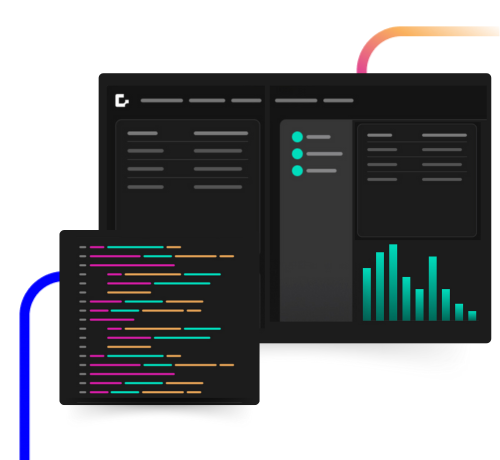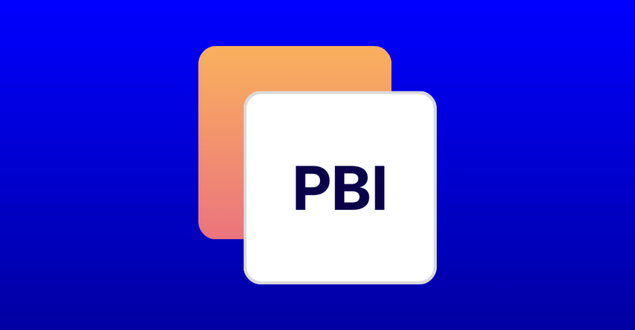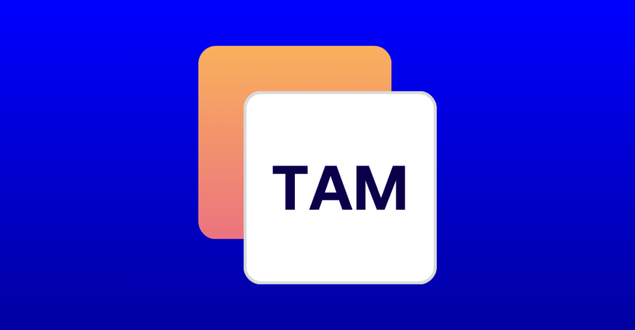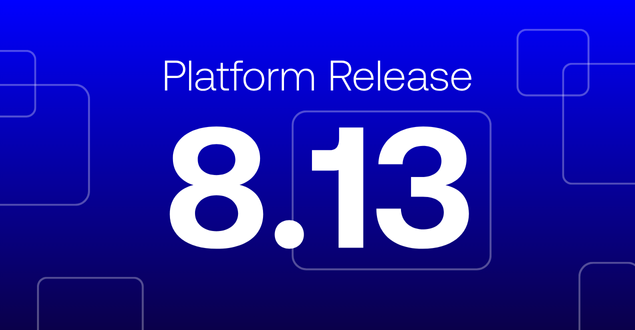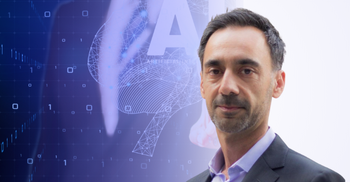
Table of Contents
The largest global banks can spend more than $15 billion a year on technology. It’s an astounding number, which, upon closer examination, reveals the inextricable link between technology and financial services and the degree to which IT strategy is a driver of business strategy and growth in financial services. To start, financial firms are investing heavily in new technologies to expand and improve their business. Emerging tools like AI have tremendous potential to augment client service, risk management, trading and a host of other areas. This type of technology investment represents the sector’s innovative drive for competitive differentiation and leadership. However, the cutting edge of innovation is only the tip of the $15 billion iceberg of IT spend.
The bulk of the technology budget (60% to 75%) goes to maintaining and coaxing more performance out of a large, complex and aging ecosystem of technologies running the bank. Like an iceberg, what lies beneath the high-tech, modern veneer of financial firms can be a lurking hulk of cost, risk and inefficiency.
Looking beneath the surface, one observes a technology stack built on foundations decades old. Once a technology is embedded in a bank, it is very difficult to extricate and it becomes less performant and harder to maintain with each passing year. Also visible is a patchwork of different systems for varying asset classes, regions and businesses acquired by the bank over time. The patchwork is a mosaic of self-built technologies and vendor solutions, which make the iceberg even more complex and brittle.
Attempting to steer the iceberg amid currents and winds, is the bank’s team of architects, developers and other technologists. They are under extreme pressure to ensure the firm delivers to ever higher standards of compliance, security and resilience amid faster, more complex and more volatile markets.
Something has to give, but modernizing is extremely difficult. Technologists know what’s needed, but the complexity and scale of the IT environment hinders a clear path to the desired end state. There are not enough developers to build all the applications a firm would want and even if they had more capacity, building is costly, time consuming and risky. At the same time, vendor solutions are rarely, if ever, fully fit for purpose and bring integration, cost and customization challenges. As a result, financial firms find themselves less able to adapt to changing regulation, such as new T+1 requirements, market evolution, such as electronification in fixed income, and black swan events, like the COVID pandemic.
How then, is a firm to break through the buy versus build dilemma and dramatically modernize its technology ecosystem? The most profound change must happen on the build side of the equation and firms must realize that hiring more developers is not the answer. Rather, the goal should be to make it faster, easier for the developers they already have to create enterprise-quality, high-performance applications.
The challenge for building is that traditional software development frameworks are not sufficient. On one hand, high-performance, professional code frameworks (pro-code) require highly-skilled front-end and back-end engineers to build institutional-grade capital markets applications. These engineers are in short supply, making it costly to recruit and retain these specialists. Coding from scratch, then, is simply unworkable for the scope of digital transformation most large financial institutions want to undertake.
On the other hand, RAD tools, including typical low-code and no-code platforms, are not engineered to produce applications capable of high-frequency transaction processing, complex event handling, market data integrations and other finance-specific requirements. While generalist low code is suitable to automate some processes in the firm, the more market- or transaction-related the use case, the more likely that a more powerful framework, akin to pro-code, is required. But that brings back the original challenges of resources, time and risk.
Genesis redefines the creation of software in the financial sector with a pioneering approach. First, unlike generalist low-code solutions, our software application development platform is purpose-built for financial markets and the tools, componentry and performance envelope in Genesis are engineered for professional developers solving front-, middle- and back-office challenges. Second, the Genesis framework addresses both front and back-end development, so developers don’t require specialty skills to build full-stack applications. Finally, we realize that to most effectively propel the work of developers, low-code needs to coexist with pro-code to facilitate the full range of custom development firms need to deliver. Our unique ,“hybrid” model enables developers to leverage our low-code toolset within their choice of IDEs. With the hybrid model, developers benefit from both the accelerative power of specialty low-code and the ability to supplement it through pro-code, when necessary.
Genesis delivers efficiency to developers through a triad of innovation: acceleration through low-code, component reuse and AI augmentation, each underscored by our unique hybrid low-code experience.
- Low-code: At the heart of our platform is a domain-specific low-code language designed for financial markets. It simplifies and accelerates the development process, making it more accessible to developers of all skill levels. This language forms a critical part of our hybrid low-code experience. It allows developers to build most of an application within the low-code environment, with the flexibility to switch to traditional coding whenever they need.
- Components: Our component library, curated for the specific needs of software development in financial markets, accelerates development by providing prebuilt modules that allow developers to rapidly build robust foundations for new applications. Components replace the need to build functionality like FIX and SWIFT adaptors, alerting tools and user/entity management from scratch. This library is continually enhanced by Genesis and our clients.
- AI: Augmentation through AI is our third pillar, a testament to our belief in the symbiotic relationship between low code and AI. Genesis provides tools that enhance code quality and accelerate development, embedded within the IDEs familiar to developers. This integration ensures that our AI capabilities bolster both the DSL and professional coding, offering a cohesive, enhanced development experience.
In summary, Genesis does not just facilitate low code; it elevates it through a hybrid software development model, which is made more harmonious with AI.
Genesis began building its platform in 2015 and the first production version launched in 2019. Today, the Genesis platform is backed by Bank of America, BNY Mellon and Citi. In addition, Genesis is the technology partner for many other leaders in financial services, including innovative services like Neptune Networks and Octaura.
The recently released Version 7 of the Genesis platform (G7) continues the Genesis mission to transform how software is built in financial markets by making it faster and easier for developers to build full-stack applications, to design user interfaces, to operate Genesis applications within enterprise technology ecosystems and to access training tools and other assistance available in the platform. Enhancements in G7 include:
Supercharging developer productivity
A new suite of specialized IDE plugins deliver AI-driven code automation and real-time code assistance, accelerating software development. New features include:
- AI-Driven Code Automation: a Large Language Model enables developers to describe their intentions in plain text and receive full-stack code to actualize those needs. Translating developer intent into code in real-time speeds up builds and reduces code errors.
- Expanded Front & Back-End Code Assistance: new IDE plugins deliver more extensive auto code completion, on the spot parameter prompts and dynamic programming options to boost speed and accuracy for server-side and interface development.
Enhanced UI design and customization
With Genesis, developers can easily create dynamic and tailored user interfaces to support the demands of financial markets applications and workflows. New tools in G7 for design of customized UIs include:
- Dynamic Layout Manager: facilitates full customization of screen layouts to ensure that interfaces align with users’ unique workflow needs.
- Design System Configurator: a visual tool that enables developers to create and update their application’s design style.
Improved enterprise interoperability
Genesis applications are engineered to integrate and interoperate within enterprise ecosystems. Advances in G7 which streamline deployment and performance monitoring include:
- OpenAPI Integration: new support for OpenAPI promotes efficient integration and interoperability of Genesis applications within wider enterprise solutions.
- Enhanced Metrics & Monitoring: integration with Micrometer and support for OpenTelemetry observability standards facilitate instrumentation and health and performance monitoring.
Interactive developer assistance and training
Genesis continuously improves how it supports developers using the Platform. New tools to help developers quickly leverage the full capabilities of Genesis include:
- AI-Powered Assistance: an AI chatbot embedded in Genesis documentation answers queries, including intricate technical requests, helping developers navigate the Genesis platform.
- Learning Management System: a new LMS offers engaging and structured learning experiences, assisting developers to advance their use of Genesis.
These enhancements are representative of our vision and how we aim to become the go-to toolset empowering professional developers in financial markets. With our hybrid approach, the Genesis platform meets developers in the environment of their choosing and our specialty low-code framework and componentry enables developers to dramatically accelerate the build process. Finally, AI and learning tools augment code writing and help developers efficiently navigate the platform. Whether it’s building new software applications, enhancing legacy systems or replacing spreadsheet computing and manual processes, Genesis offers developers an improved way to deliver on their digital transformation roadmaps.
Start building finance-grade
applications 10x faster
Explore the Genesis Application Platform in action with a 60-day free trial* to get your first application built and in-market faster than ever before.
